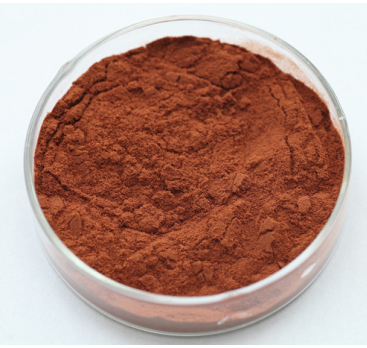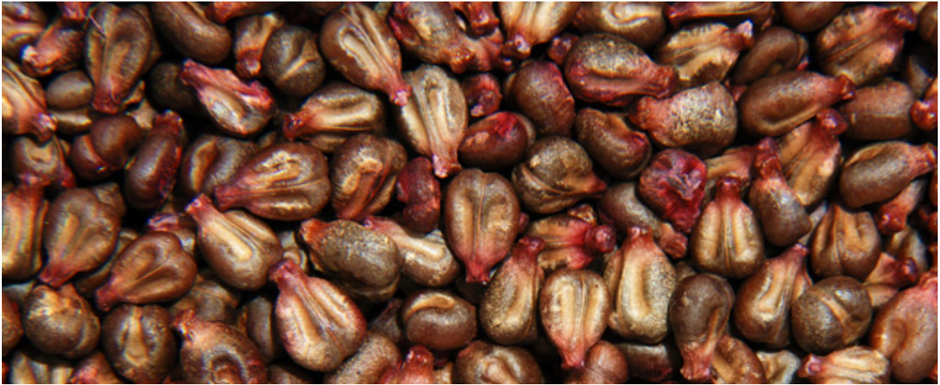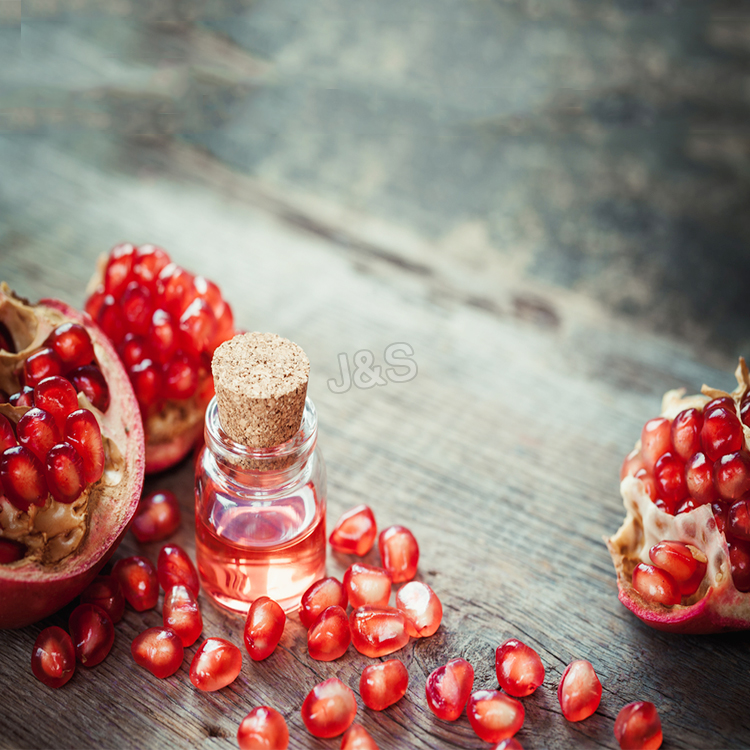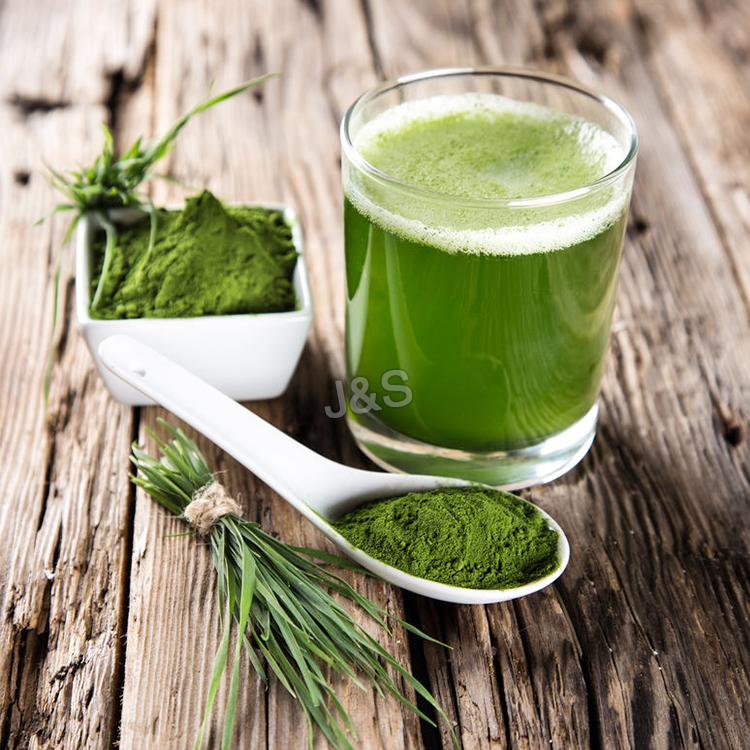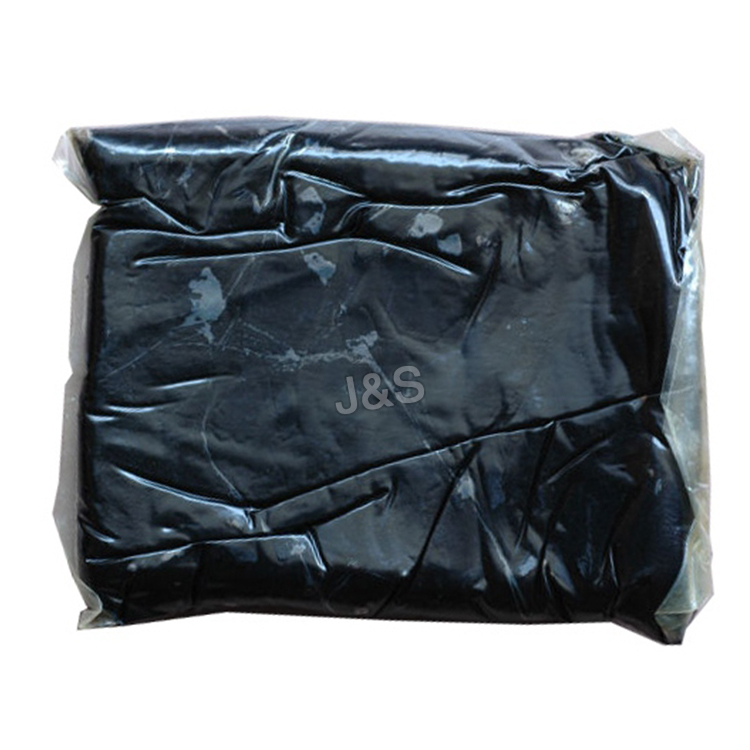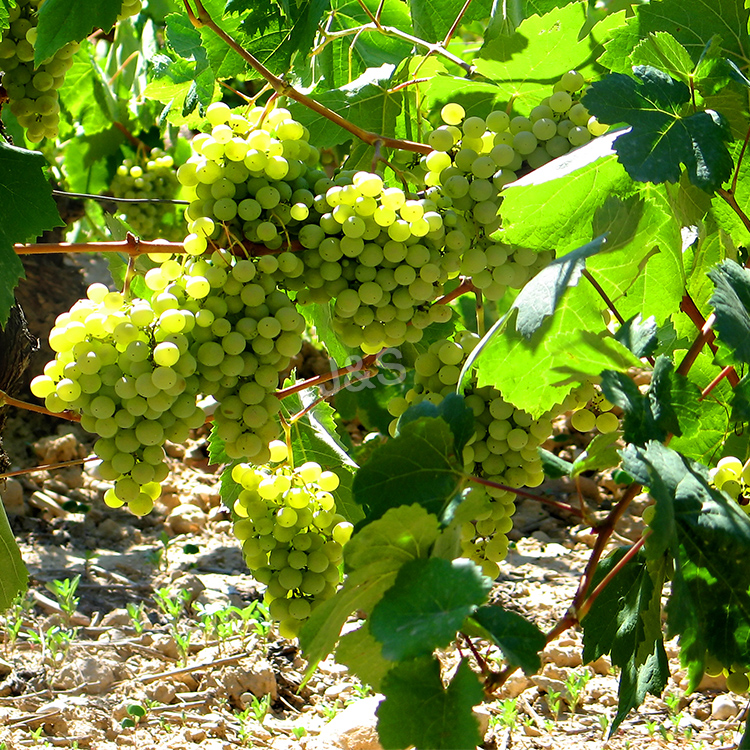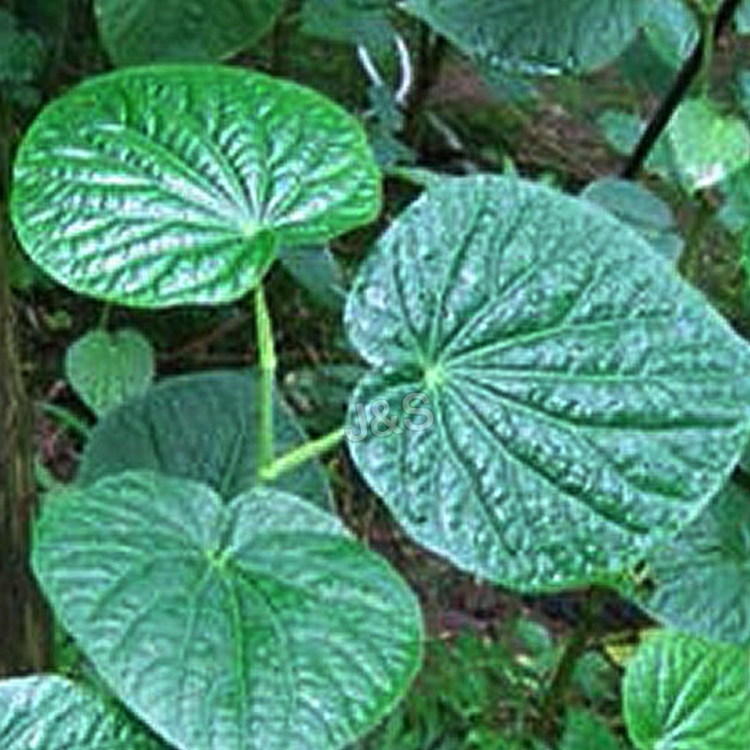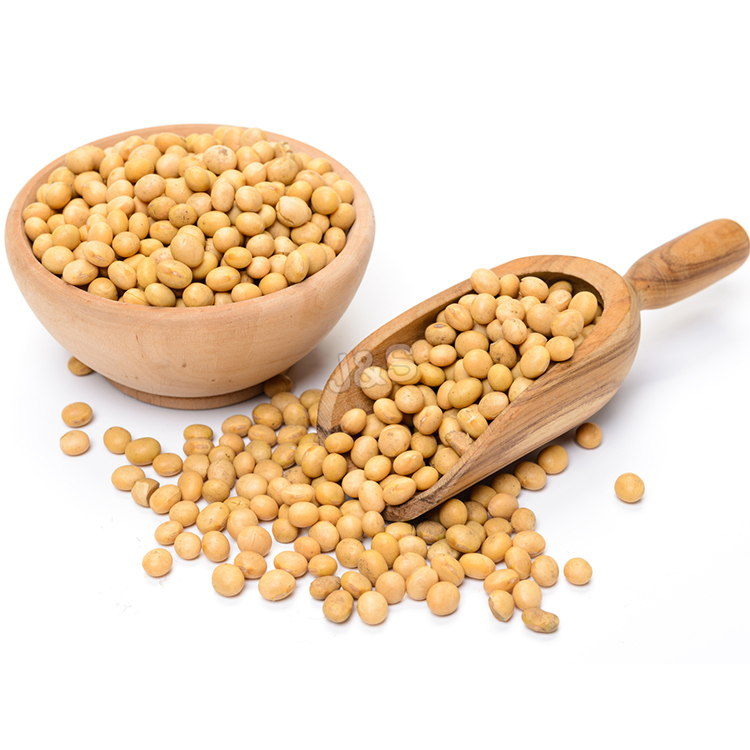Professional Design Grape seed extract Wholesale to Malawi
Professional Design Grape seed extract Wholesale to Malawi Detail:
[Latin Name] Vitis vinifera Linn
[Plant Source] Grape seed from Europe
[Specifications] 95%OPCs;45-90% polyphenols
[Appearance] Red brown powder
[Plant Part Used]: seed
[Particle size] 80 Mesh
[Loss on drying] ≤5.0%
[Heavy Metal] ≤10PPM
[Pesticide residue] EC396-2005, USP 34, EP 8.0, FDA
[Storage] Store in cool & dry area, keep away from the direct light and heat.
[Shelf life] 24 Months
[Package] Packed in paper-drums and two plastic-bags inside.
[Gerneral feature]
- Our product has passed the ID test by ChromaDex, Alkemist Lab. and other
third-party authoritative testing institutions, such as detection;
2. The pesticide residues match (EC) No 396/2005 USP34, EP8.0, FDA and other foreign pharmacopoeia standards and regulations;
3. The heavy metals in strict accordance with the foreign pharmacopoeia standard controls, such as USP34, EP8.0, FDA, etc.;
4. Our company set up a branch and import raw materials directly from Europe with strict control of heavy metal and pesticide residue. Aslo ensure the procyanidins content in grape seed is more than 8.0%.
5. OPCs over 95%, polyphenol over 70%, high activity, the oxidation resistance is strong, the ORAC more than 11000.
[Function]
Grapes (Vitis vinifera) have been heralded for their medicinal and nutritional value for thousands of years. Egyptians ate grapes a very long time back, and several ancient Greek philosophers spoke about the healing power of grapes — usually in the form of wine. European folk healers made an ointment from the sap of grapevines to treat skin and eye diseases. Grape leaves were used to stop bleeding, inflammation, and pain, such as the kind brought on by hemorrhoids. Unripe grapes were used to treat sore throats, and dried grapes (raisins) were used for constipation and thirst. Round, ripe, sweet grapes were used to treat a range of health problems including cancer, cholera, smallpox, nausea, eye infections, and skin, kidney, and liver diseases.
Grape seed extracts are industrial derivatives from whole grape seeds that have a great concentration of vitamin E, flavonoids, linoleic acid and phenolic OPCs. The typical commercial opportunity of extracting grape seed constituents has been for chemicals known as polyphenols having antioxidant activity in vitro.
Product detail pictures:
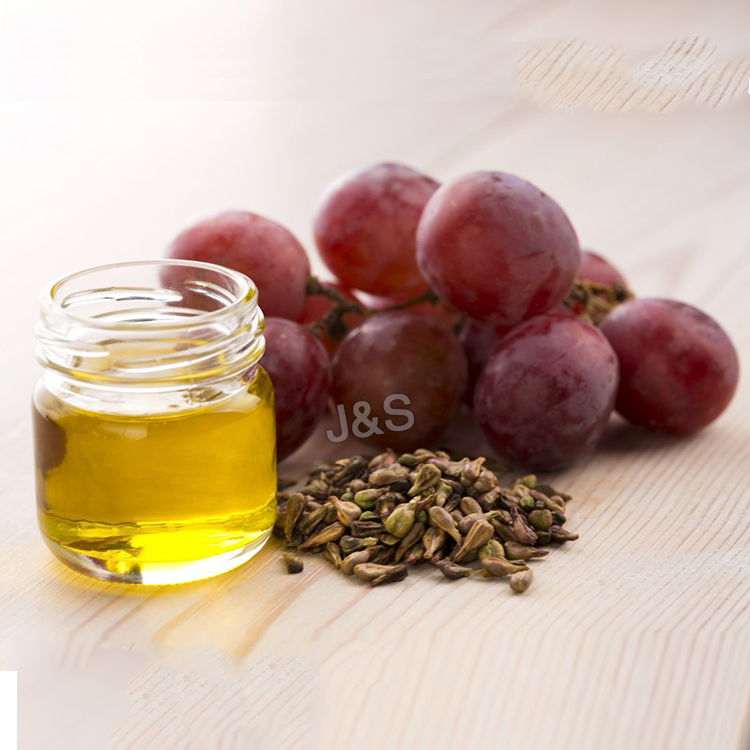
Related Product Guide:
owing to fantastic assistance, a variety of high quality goods, aggressive rates and efficient delivery, we love a very good popularity among our customers. We are an energetic firm with wide market for Professional Design Grape seed extract Wholesale to Malawi , The product will supply to all over the world, such as: Tunisia, Slovakia, luzern, Our aim is to help customers realize their goals. We have been making great efforts to achieve this win-win situation and sincerely welcome you to join us. In a word, when you choose us, you choose a perfect life. Welcome to visit our factory and welcome your order! For further inquiries, you should do not hesitate to contact us.
Invest in it on JUNO Down load: https://www.junodownload.com/items/purpose/1718678-02/
Kenno & Filip – Rationale (radio edit)
Orchestration by Kenno
New music by Kenno & Filip
Lyrics by Filip
(c) 2010 Pink Clover Media
Speak to: workplace@redclover.ro
https://redclover.ro
Get your free audio book:
https://rswp.us/f/b00b3w5xii
This monograph summarizes scientific achievements in the field of polysaccharide chemistry performed in the last decade. For the first time, the particular features of polysaccharide structure, physical-chemical properties and biochemical transformations in their interrelations are considered as well as the questions of polysaccharide modification along the whole hierarchical chain, including starch mono-, di-, oligoand polysaccharides, chitin, chitozan and cellulose. Polysaccharide interactions with diverse solvents and low-molecular, macrocyclic and high-molecular substances in solutions are scrutinized. Several aspects of mechanical-chemical modification of polysaccharides in solid state and in gel are observed. Modern concepts of enzyme degradation of polysaccharides and technologies of natural polymers processing are analyzed. The book is intended for wide range of readers: students, post graduates, engineers and scientists engaged in polymer chemistry, organic and physical chemistry.
This is a reputable company, they have a high level of business management, good quality product and service, every cooperation is assured and delighted!
